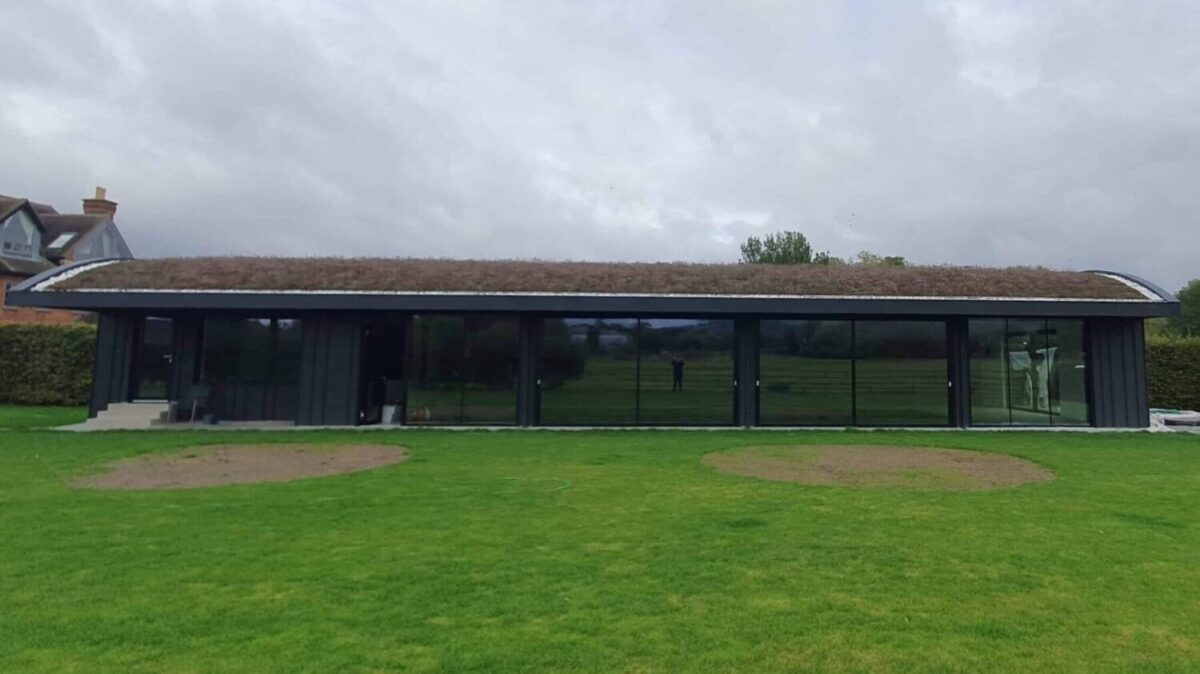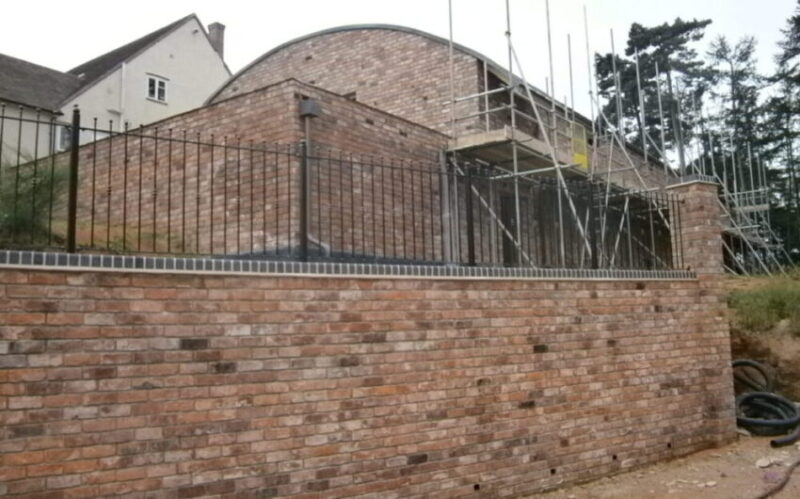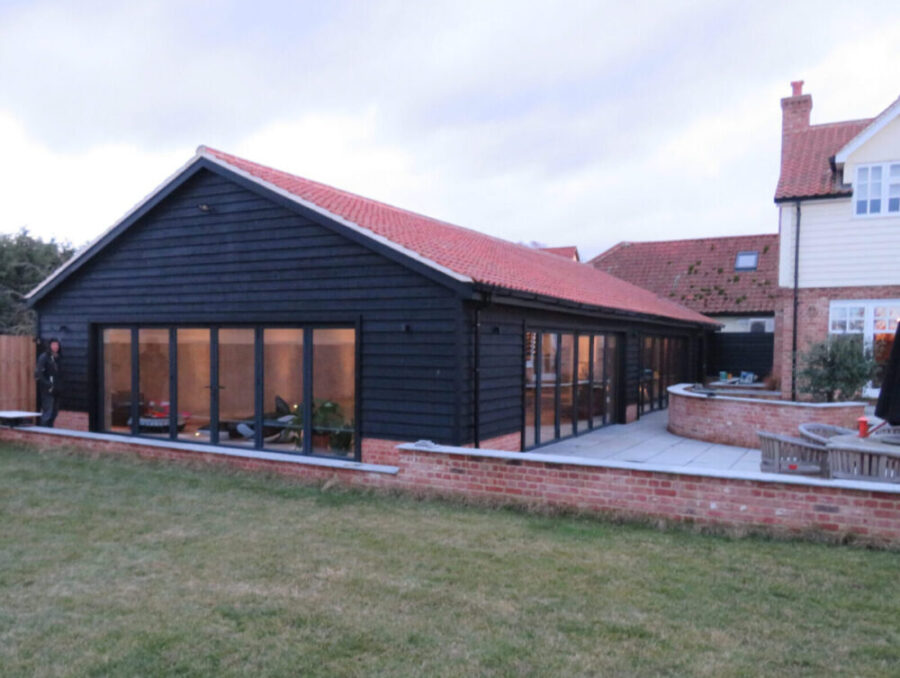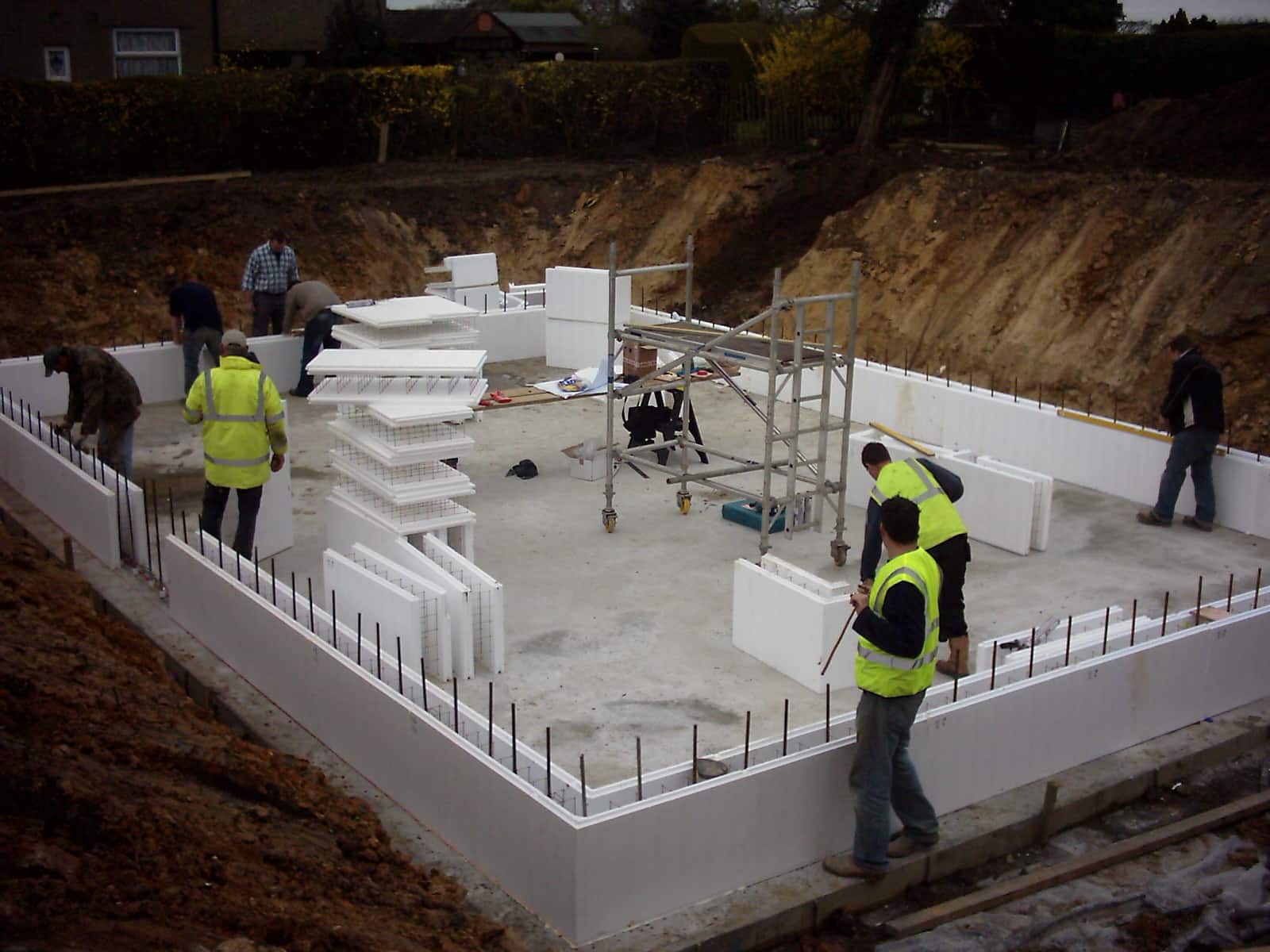Permitted Development Rules
Looking to extend? Permitted Development in the UK can often simplify your extension plans, letting you achieve your goals without needing full planning permission. Just remember to get expert advice to ensure your proposed extension plans fit within the allowed dimensions.
When can Permitted Development be used?
The size and height of your extension will determine whether it falls within Permitted Development Rules.
Extensions can vary in size from porches to double storeys, which increases the footprint of the original building. Whatever extension plans you have in mind, the Permitted Development Rules will govern whether you can build your extension without planning permission.
Let us help you navigate these regulations, preventing costly errors and the potential for demolition.
Extension Height: The Rules

The restrictions on height always cause the most difficulty.
Maximum heights are referenced to the original ground profile before any work starts. To avoid argument, the level of the existing ground needs to be recorded in a manner that the Local Authority cannot argue with. All levels in your extension plans should be backed up by photographs showing the existing buildings as reference points to ensure that you can build within permitted development rules.
The height restrictions actually provide more flexibility than first appears, because the measurement is from “existing ground level”. This means that a basement can be installed under a new extension without planning permission.
When do Permitted Development Rules Apply?
A crucial step in developing your extension plans is figuring out if it qualifies under Permitted Development rules or whether planning permission must be sought. If it doesn’t, we can explore design solutions to help it meet those guidelines.

Innovative solutions can be used to build under permitted development. This indoor pool hall for instance measures 2.5m from ground floor to eaves.
Working Within The Rules

Reaching New Heights
Sometimes, there are innovative ways of working within the seemingly restrictive conditions of Permitted Development Rules. For instance, this indoor pool project was built under the Permitted Development Rules and is obviously a massive project for an extension without planning pernission, but built under the Permitted Develoment rules.
Unsure about your extension? We’ll collaborate with you to determine whether Planning Permission is needed or there are solutions to working within Permitted Development Rules.

Basements Built Under Permitted Development
Does your basement project fall within permitted development rules? Click here to find out more about the conditions and limitations which might help your project avoid planning permission applications.